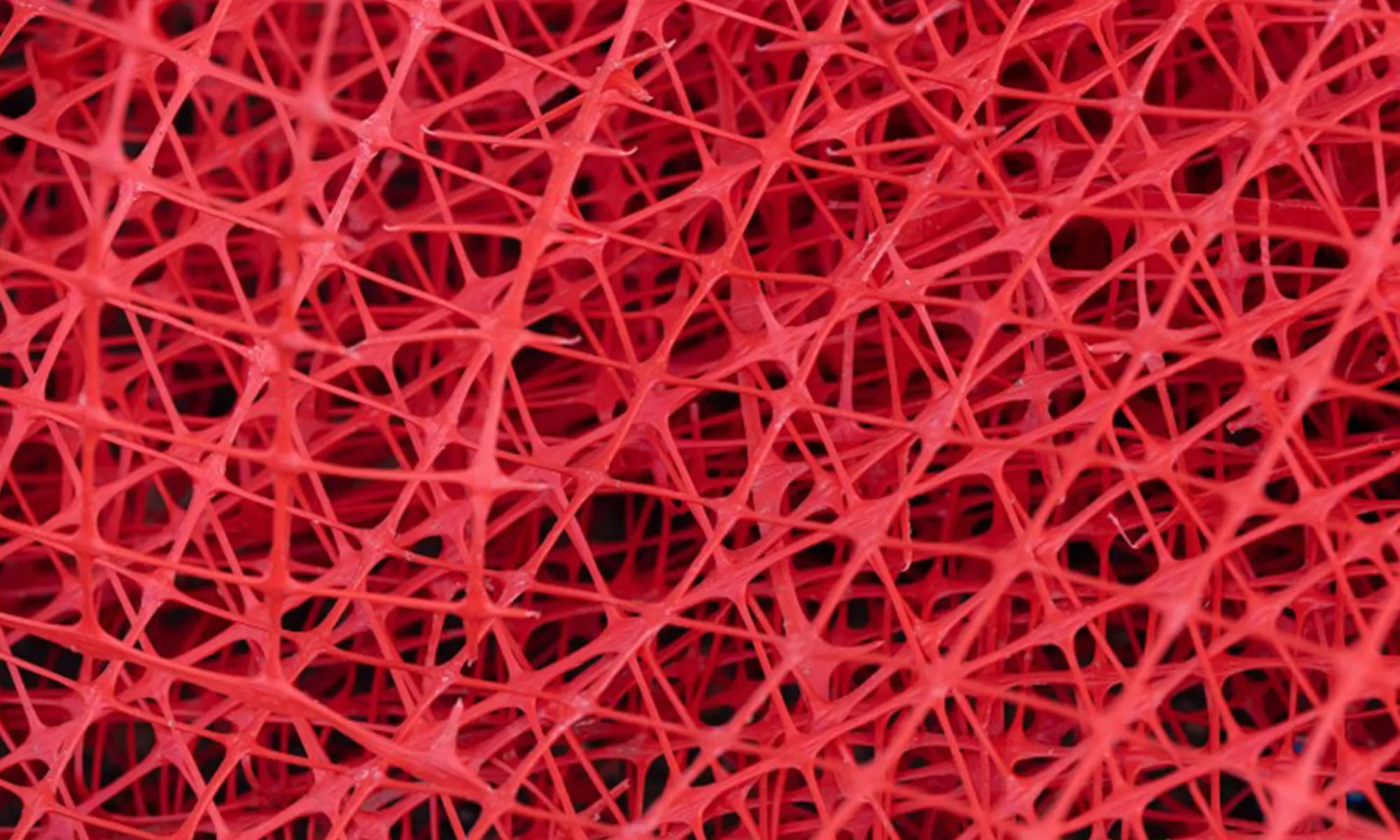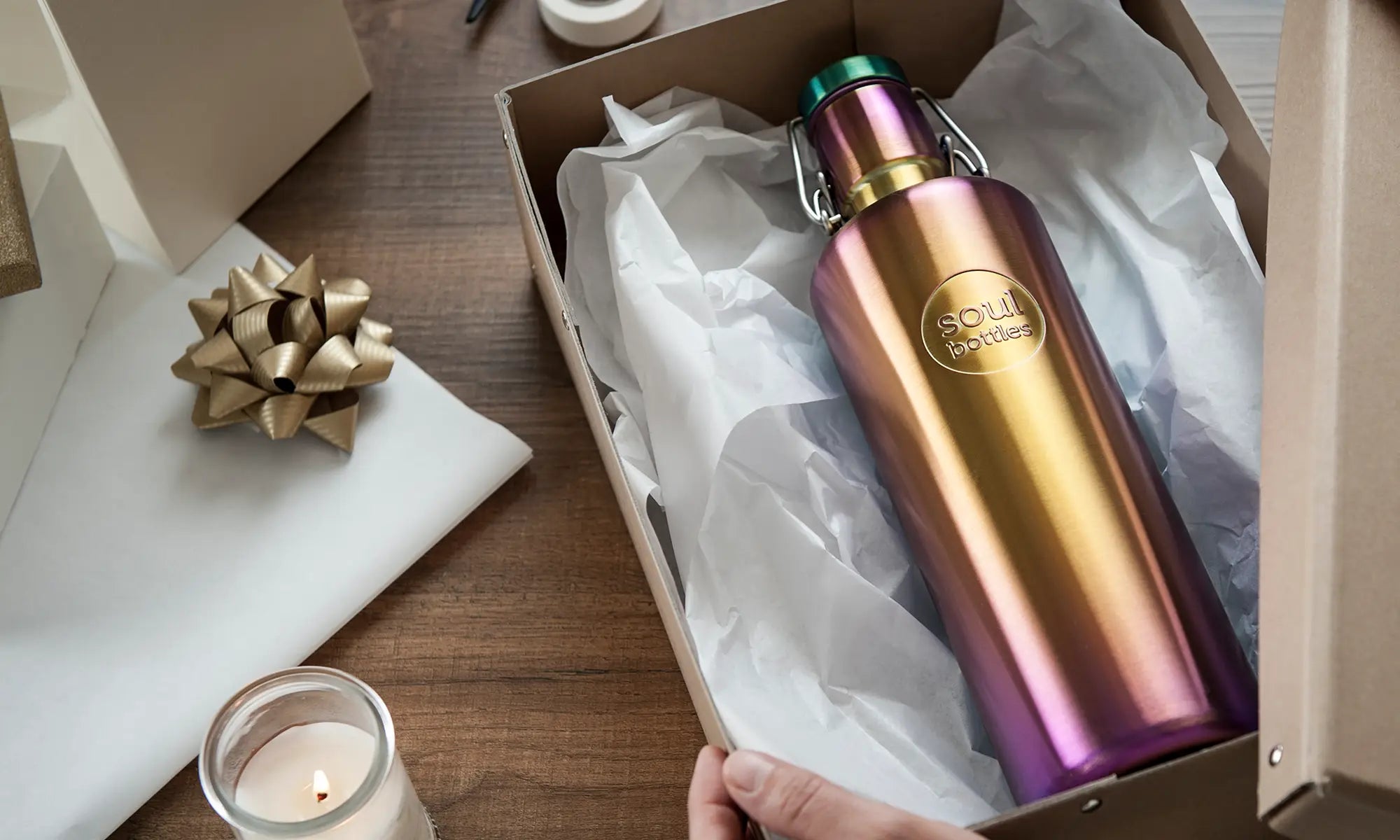
shake it: our new cleaning pearls
From today on you can choose whether you want to clean your soulbottles with a brush or cleaning balls ! Our product developer Julian explains what the product is all about and how to use it.

Julian works in product development for us and has been working on the new version of the stainless steel bottles, making them lighter and more beautiful for you. Recently he came up with a new product for us: cleaning beads made of stainless steel! Julian tells you how to use the beads and where they are actually made:
what is so special about the cleaning pearls?
The cleaning beads may seem a little inconspicuous at first glance, but they have great properties. The little beads easily reach all corners and areas in your bottle. And all in an almost playful way. Another positive thing is that the beads last a lifetime if used correctly. They are made of corrosion-resistant 304 stainless steel, which permanently protects the beads from deformation and rust.
how and where are they produced?
When making the beads, short pieces of wire are cut off and formed into balls in a press mold. These are then freed of excess material by rolling. They are produced in Italy. Incidentally, the rest of the product also comes from “nearby”. The glass jar is made in Germany and the wooden lid in Austria. This means we have short delivery routes and can ensure fair and sustainable production.


and how do you use them?
It's really easy: Fill your bottle with a little tap water and the balls , close it to be safe, then shake and make circular movements . Just give it a try! Then pour the balls out over a sieve , rinse them and spread them out on a clean kitchen towel to dry . This is important so that no rust is caused by foreign particles. Then simply slide them back into the glass using the towel.
Tip: If the dirt does not completely disappear or calcification is visible, simply add a little vinegar or lemon juice.



